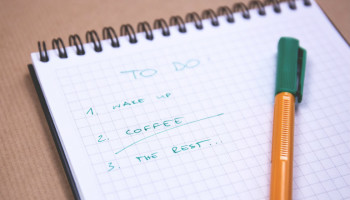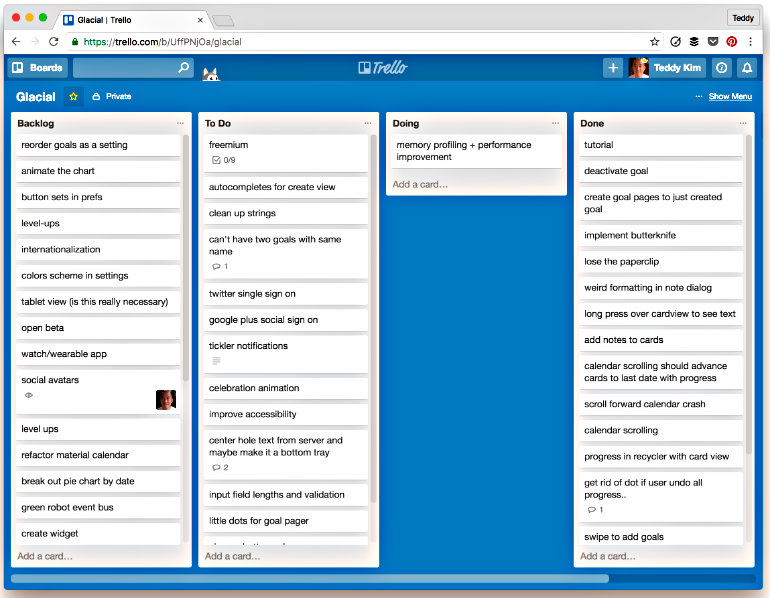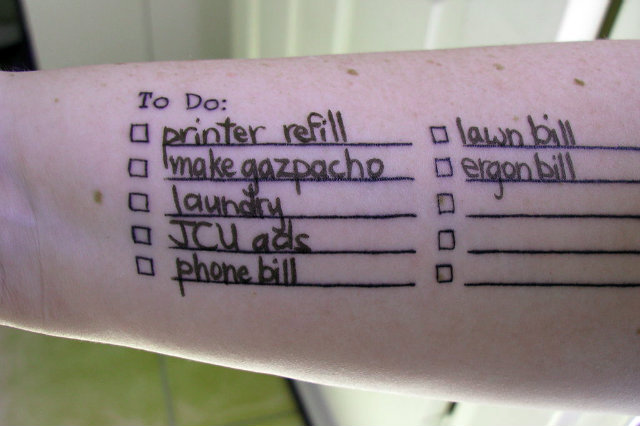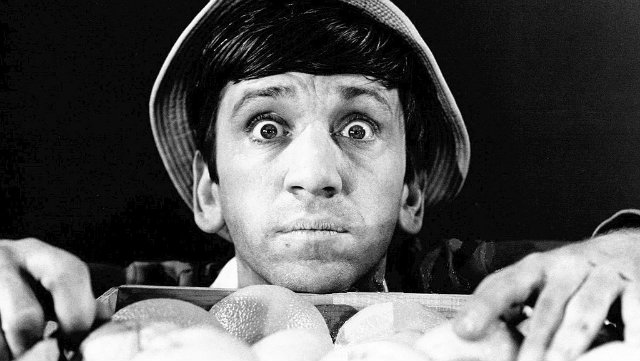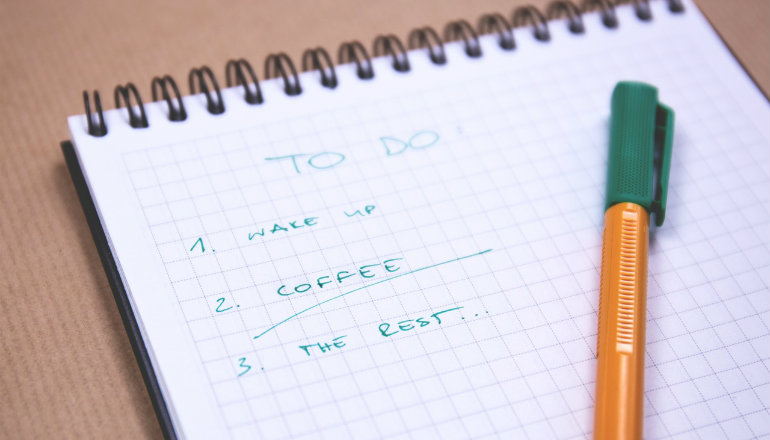 Reading Time: 5 minutes
Reading Time: 5 minutesOver the years I’ve developed a love-hate relationship with to-do lists. I’ve learned numerous productivity methodologies and found value in all of them, including David Allen’s GTD system, Kanban, and Bullet Journaling. Each of these systems has made me more effective, in the sense that I become efficient at doing stuff. But no matter how good I get at these systems, deep in the back of my mind is a sneaking suspicion that I’m doing the wrong stuff.
A few years ago, I had an epiphany. To-do lists and other productivity systems create a trade-off — they keep me more accountable to others but less accountable to myself.
The Problem with a To-Do List
Let’s look at a concrete example. I’m working on an app for long-term goal realization. Below is a screenshot of the Kanban board I use to manage the project. The backlog column stores ideas for features. The to-do column is for features that have been prioritized and deemed important enough to code. The “doing” column is for stuff that I’m actively working on. And the “done” column is for stuff I’ve actually completed.
Some observations about this picture:
- The “backlog” column scrolls for many screens and it gets longer every day.
- The “done” pile also grows, but much more slowly.
- The “doing” column always contains one item, since I can only do one thing at a time.
- Though the entire board is filled with nits, bugs, and other minutiae to improve the app there’s nothing in there to improve myself.
Don’t get me wrong, it is very satisfying to look at all the completed tasks on my board. But when was the last time I prayed or meditated? When was the last time I had a date with my spouse or played with my kids? Am I a better person than I was last year? Productivity systems are great for dealing with the day-to-day, but the human condition has a vast metaphysical component that the to-do list cannot address.
And therein lies the problem with productivity systems. When you are so focused on knocking off little tasks in the short term, it’s easy to lose sight of the big picture. You don’t evaluate and rationalize your motivations, purpose, and long-term goals because you are constantly whittling away at a list that never seems to go down.
So what’s the solution? Life can’t be all about riding unicorns on the beach at sunset. And to-do lists are vital for reducing the stress of the grind because the act of dumping your brain into a list relieves you from keeping a million things in your head. So your to-do lists are like attack dogs. You need them when you’re in task mode. At all other times, you have to keep them on the leash.
I have two strategies that I’ve found to be very effective.
1. Gilligan’s Island
The first is a game I call Gilligan’s Island. For those of you who are too young to remember, Gilligan’s Island was a show about some goofballs who were stranded on a desert island. The castaways were completely shut off from the outside world without phones, Internet, or any other form of modern convenience. Freed of the post-modern crutches of arm’s-length, passive-aggressive texting and messaging, the folks on the island had to actually work through their problems using face-to-face communication.
I came up with the idea for Gilligan’s Island one day when I was at the playground with my kids. Instead of getting to know them better, I realized I was hunched over my phone fretting over my to-do list. Slowly, I realized that every other parent on the playground was doing the exact same thing. After that experience, I started to lock my phone in the trunk of my car when I’m with my kids or wife. When I do this, I’m retreating to Gilligan’s Island.
In shutting out the outside world, you push your to-do list into the background and you are saying to your loved ones “you are my world.” No, Gilligan’s Island isn’t going to make me father of the year, but hopefully my kids will have a memory of me that doesn’t involve hunching over a keyboard.
2. Morning Pages
Another great way to prevent to-do list tunnel vision is “morning pages,” a technique borrowed from Julia Cameron, author of The Artist’s Way. First thing after waking up, sit down with a pad of paper and pencil and start to write. Fill up three pages every morning without fail. The trick is to write uncritically, whatever is on your mind, no matter how trivial or profound. Don’t edit or revise, because morning pages aren’t meant to be read.
Whereas a to-do list is a brain dump for the trivia and minutiae of life, morning pages are a brain dump for the big, abstract, metaphysical and creative thoughts that are the easiest to access when you first awake. You will find that morning pages are a perfect complement to your to-do lists because they give you insights and clarity that help put your priorities into perspective.
Life is Hell (But It Doesn’t Have to Be)
One of my favorite anecdotes is from Matt Groening, creator of The Simpsons and Life in Hell, who related that as a student at Evergreen State College, a professor told him, “You do what you do moderately well. Now you have to ask yourself, is it worth doing?”
Take a look at your own to-do list. If you don’t have one, open up your calendar. I’m willing to bet that your to-do list is filled with the mundane and ordinary. I’m also willing to bet that secreted away inside of you is something extraordinary. So yeah, you could spin on your to-do list forever. But now you have to ask yourself, is it worth doing?
Tattoo-do list by Rob and Stephanie Levy [CC BY 2.0], via Wikimedia Commons.
